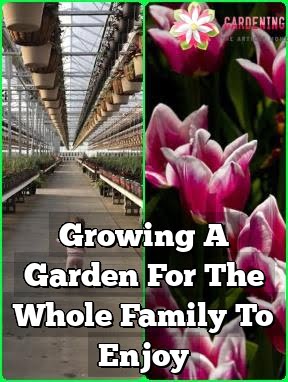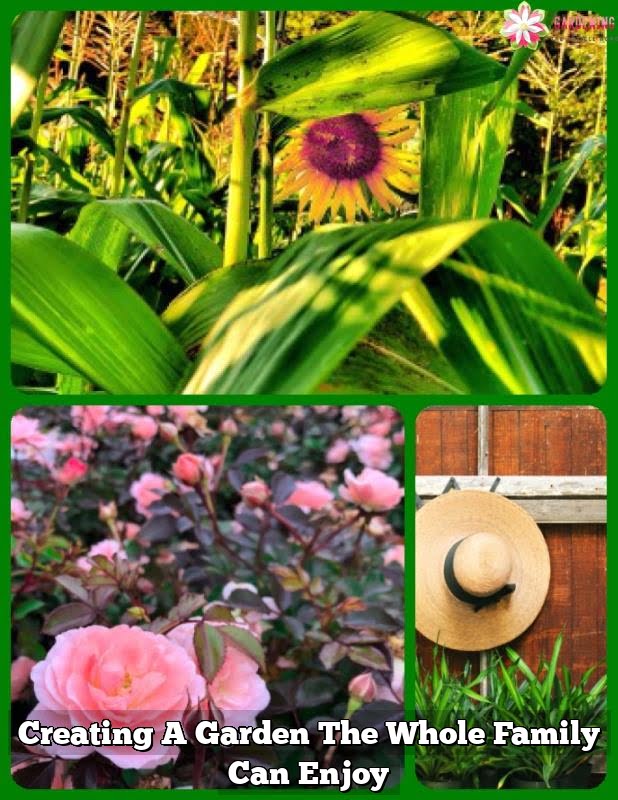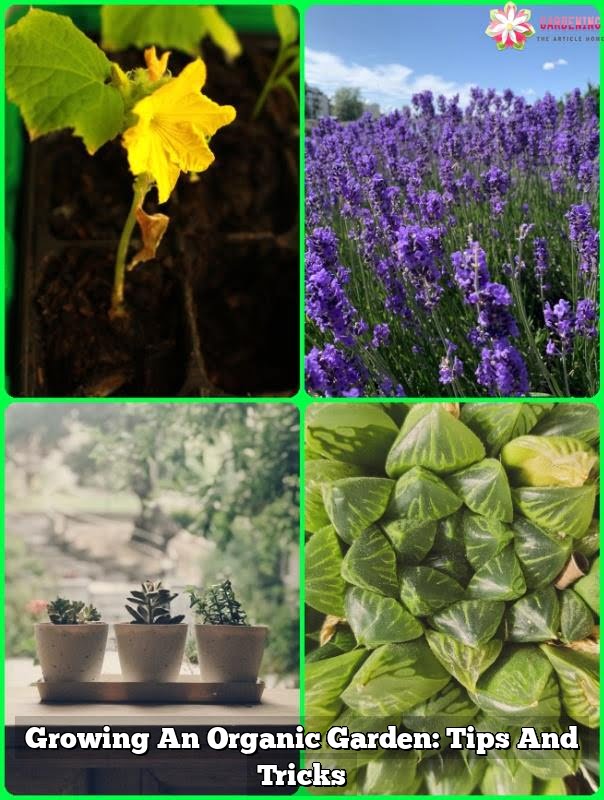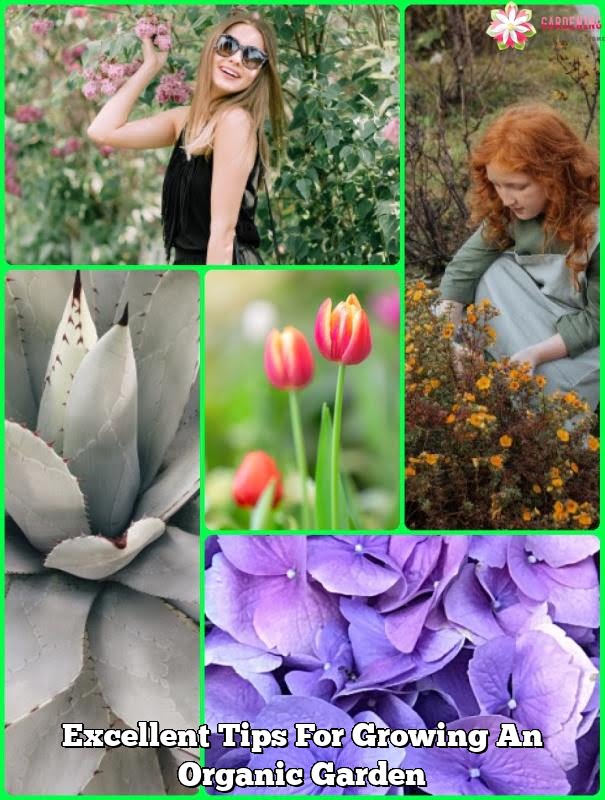There is no better time than now to get it started. You probably have a lot of inquiries on how to start and what to do, but no worries, this article will address all of your horticulture queries. The ideas and tips provided in this article will get you started and on your way to a successful garden.
Plant some perennials that repel slugs. Slugs and snails can kill a plant in one night. These pests are particularly fond of young perennials and those varieties with leaves that are tender, herbaceous stems and leaves, and thin. Perennials that have thick, tough leaves as well as those with unpleasant taste are not appetizing to snails and slugs. Some of examples of these are achillea, heuchera, euphorbia, hellaborus, and euphorbia.
Brighten your flower beds with biennials and annuals. You can also use these flowers to fill gaps between shrubs and perennials when they are in the sun. Some plants to get you started include petunia, hollyhock, sunflower, cosmos, petunia and marigold.
Be diligent in your garden.Weeds can take over a beautiful garden into a total wasteland. A great way to accomplish this is with the help of some white vinegar. White vinegar can kill those pesky weeds. If you don’t want to take the time to remove the weeds by hand, douse them with a white vinegar solution.
Bulbs will give you wonderful flowers that you can enjoy spring and summer flowers. Different bulbs bloom at various times, so choosing appropriately, you can have blooms from early spring to late summer.
Moisture on plants is a sure way to attract disease and disease. Fungi is a common problem in the world of horticulture. It is possible to control fungi with sprays, but it’s better to spray at-risk areas before fungi appear.
A quality garden starts from seeds. The most “green” way to start a new garden is starting from seeds. The plastics used in nurseries are rarely recycled and ends up in landfills, that is why it is advised to use seeds or purchase from nurseries that make use of organic materials when packaging their plants.
Place organic mulch close to your vegetable plants.Mulch keeps soil moist for longer time. This method will also helps reduce the appearance of weeds.You’ll save a ton of time saver since you won’t have to constantly pull them later.
Chamomile tea can be used as an effective treatment against fungus attacking plants.
Gardening can be a relaxing activity. There are a wide variety of things you can do to release stress and relaxation. Horticulture is one of the easiest ways to spend your extra time. It does not have a small monetary investment and yields many returns. The best return is the emotional satisfaction of planting and tranquility you can get from growing your own.
Plant strawberries for your children in the organic garden.Children love to snap up these sweet juicy fruits for themselves and will be more willing to eat other foods you’ve planted as well.
Protecting your knees while horticulture is very important.Many people can not bend over for long periods of time when standing up. Kneeling allows you to reach your plants without causing stress to your back. A knee pad can be placed under your knees to help reduce the pain from compression.
After your seeds sprout, you will not need to keep seeds as warm. Watch your seeds so you can know when you do this.
Pine can make for a wonderful mulch. Cover your beds with the needles, they will disperse acid to the soil.
Don’t let all the chores for your organic garden pile up. Even if you can’t tend to your garden daily, you could do small things that could prevent you from piling up work when you wish to work on your garden. For instance, pull a few weeds if you’re outside and waiting for your dog to finish his business.
Plant Material
Your compost pile should contain green plant materials and dried ones in equal amounts. Green plant material consists of spent flowers, veggie and fruit waste, leaves, vegetable waste, and leaves. Dried plant material includes straw, shredded paper, sawdust, cardboard, and cut-up and dried wood material. Avoid ashes, charcoal, diseased plants and meat-eating animal manure.
When maintaining your organic garden, lightly brush over them using your hand up to twice a day. While it might sound strange, it has been reported that this can encourage plant growth.
You can simply make a newer garden for your perennials with a few steps. Use the spade to get under the turf, flip it, and then bury the whole area under a thick layer of wood chips. Wait a few weeks before planting perennials into the brand new bed.
This is organic horticulture tip! Plan your landscaping with primarily native grasses, flowers, and grasses. If you select plants able to thrive in your climate, weather requirements and plant interaction, you can cut the amount of fertilizer and pesticide you might need. Native plants will thrive if you encourage growth with only natural compost.
If you are planning to plant trees or shrubs in your yard, dig an ugly hole for it to go in. If the hole has surfaces smoothed by the shovel, then it may restrict the root from penetrating into the nearby soil.
You can use materials found in most homes to put up a tent in your garden during the winter months. Then, throw some sheets over them, and use bricks to keep the edges held down. This is an inexpensive method will ensure that your crops are safe during the winter time.
One needs to build a border with a fence around the garden before they even start planting their garden. You need to keep something in place just to keep out any unwanted animals, decorative border or a fence to keep large animals away from your plants.
You are now one step closer to fulfilling that ambition and beginning your garden. You may have thought you were already set to start, but you’re in an even better place now! If you use the tips you have learned from this article, your garden will bloom like never before.

Welcome to my blog about home and family. This blog is a place where I will share my thoughts, ideas, and experiences related to these important topics. I am a stay-at-home mom with two young children. I hope you enjoy reading it! and may find some helpful tips and ideas that will make your home and family life even better!





